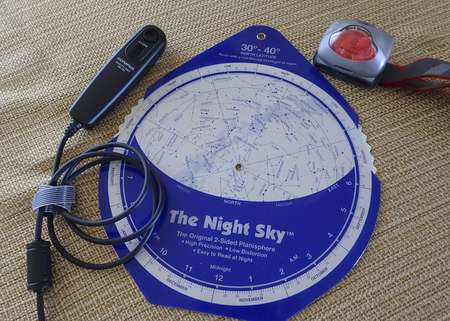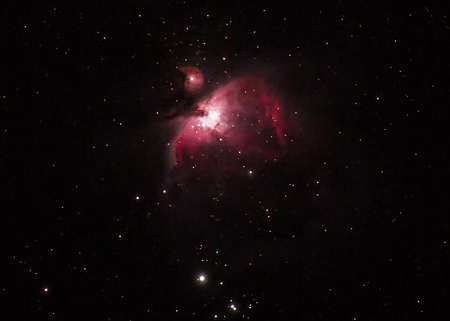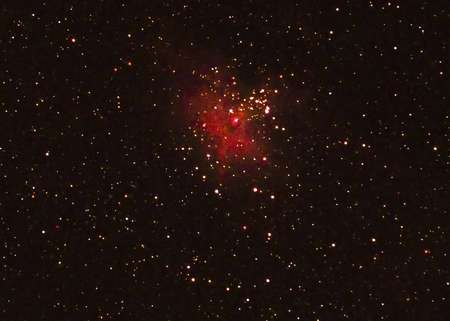Deep space photography is a great way to see the universe around you, and I get a great sense of accomplishment when I'm able to get the shot I want. It can be tricky to figure out when you first start shooting deep space, so I have some tips to help you as you try it out.
When shooting, you'll need:
- A long lens, like the M.Zuiko ED 300mm F4.0 IS PRO, M.Zuiko 75-300mm F4.8-6.7 II, or M.Zuiko ED 40-150mm F2.8 PRO with MC 1.4x Teleconverter
- OM-D, like the E-M1 Mark II or E-M5 Mark II
- Shutter release cable
- Heavy duty tripod
- Star chart
- Celestial tracking platform, like the Sky Watcher, Star Adventurer, or Equatorial mount
One of the first things to remember is that the Earth is spinning at almost 1,000 miles per hour, which is why you need to use a tracking platform. It will help you counteract the rotation so you are able to shoot long exposures.
Once the mount is aligned to Polaris (the North Star), you can move your camera around the skies and do long exposures. If you bump or move the tripod at this stage, you will have to start over. Every system is different, but you will basically need to align it based on your latitude using a polar scope.
It's best to start out with something that is easy to find, like the Orion Nebula in winter or spring. The number one rule of astrophotography is to find dark skies. You can search on sites like Dark Site Finder to help you pick the right location near you. The Orion constellation is noticeable with three medium-bright stars in a short, straight row. They are the stars on Orion's Belt. If you look closely, you'll notice a curved line of stars that appear to "hang" from the three stars on Orion's Belt - these are Orion's Sword. You find find the Orion Nebula midway down in the Sword of Orion.
The needed exposure times and ISO are going to vary greatly. You should do multiple test shots when you start each shoot.
My recommendation is start out trying an ISO of 3200 for 30 seconds at your fastest aperture (so f/4.0 if you're shooting with the M.Zuiko ED 300mm F4.0 IS PRO). As you make changes, fine tune your shutter speed and then your ISO. The darker the skies are, the shorter the exposure time can be.
To help you with focusing in the dark, I use a red dot sight.



